The Best Games of 2018
December 21, 2018 | 17:30
Companies: #endnight-games-ltd #io-interactive #lucas-pope #microsoft #obsidian-entertainment #playground-games #santa-monica-studio #sony #subset-games #ubisoft #unknown-worlds-entertainment #warner-bros
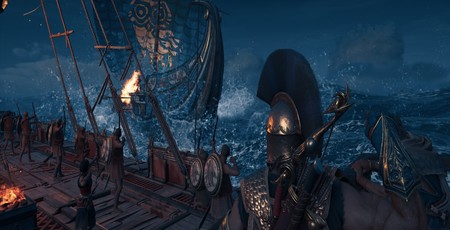
Well, what a boring year 2018 has been. Nothing extraordinary or ridiculous has happened whatsoever. At no point during this year have I looked at the news and gone 'What?' or 'Why?' or made a low keening noise like a worried dog. All things considered, I have felt thoroughly neutral about existing in this normal, mundane, ordinary world that doesn’t feel like it’s on the brink of some colossal disaster all the time forever.
The only refuge from this relentless normalcy has been a regular supply of fantastic games. 2018 has been a surprising year on the good ship gaming. With an underwhelming offering from many of the major distributors, it’s offered a chance for smaller publishers and indie games to shine. That’s not to say there have been no great games from the likes of Ubisoft, Sony, and so forth. But it’s been several years since we had quite so many small to medium titles in our list. It’s also been a year in which several Early Access projects came to wonderful fruition, while our favourite game of the year was one that none of us anticipated.
As usual, we count down from 11 rather than 10, because everybody likes a little extra. Are you ready? Here we go!
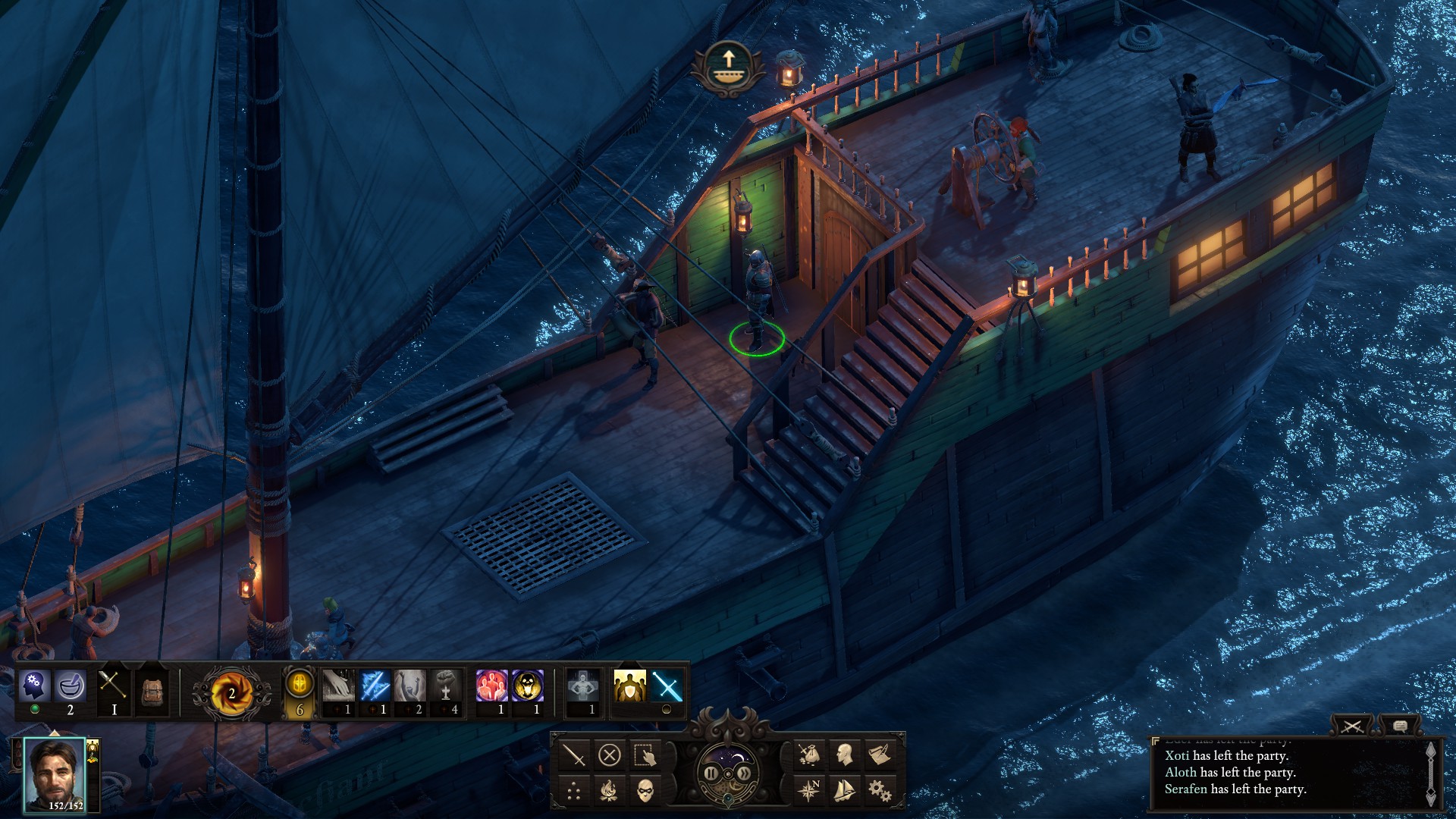
11. Pillars of Eternity II: Deadfire
Ships and oceans turned out to be a running theme for 2018’s games, starting with Obsidian’s huge and lavish sequel to Pillars of Eternity. Where the original Pillars was a game with a singular focus, with most of your time spent on the main quest, the sequel was all about exploration and discovery.
Pillars II takes place in a vast island archipelago known as the Deadfire. Styled around the 17th century Age of Sail, it sees you and your motley crew on the trail of a wandering god. Unlike the first game, however, this central story is little more than a thread for you to weave a tapestry of smaller adventures. From hunting the oceans for a ghost pirate ship, to orchestrating rebellion in the slums of the city of Neketaka, Deadfire contains some of Obsidian’s most diverse and entertaining questing to date. One especially brilliant set of quest sees you discovering and naming uncharted islands for a local cartographer. It’s splendid.
There are times when Deadfire feels like it stretches itself too thin, with certain encounters and systems feeling a little undercooked. Hence why it’s the lowest game on this list. But in the end, it’s a small price to pay for the marvellous and wide-ranging adventure Obsidian has designed.
10. Forza Horizon 4
Forza Horizon 4 is the best open-world racer since Burnout Paradise, a thrilling vehicular fiesta set in an idyllic composition of the British Isles. It’s a game in which you can race hulking 4x4s through the streets of Ambleside, or partake in a showdown with the Flying Scotsman from Glenfinnan Viaduct to the centre of Edinburgh.
It’s a game dedicated almost entirely to fun, letting you compete in almost any race with almost any car, and using its spliced together roads to create some truly thrilling scenarios. Horizon’s magnificently drawn landscape changes with the passing seasons. The Highlands turn a delightful russet colour in autumn, while the forests of Cumbria fill with bluebells in the spring.
All of this is delivered in a nigh-perfectly balanced package, blending serious racing with accessibility and fizzy, light-hearted challenges. Horizon’s foray into multiplayer isn’t quite as successful as it could be, with not enough impetus given to players to join multiplayer races. But even played against AI drivers, Forza Horizon 4 is about as close as you’ll come to a racing game for everyone.
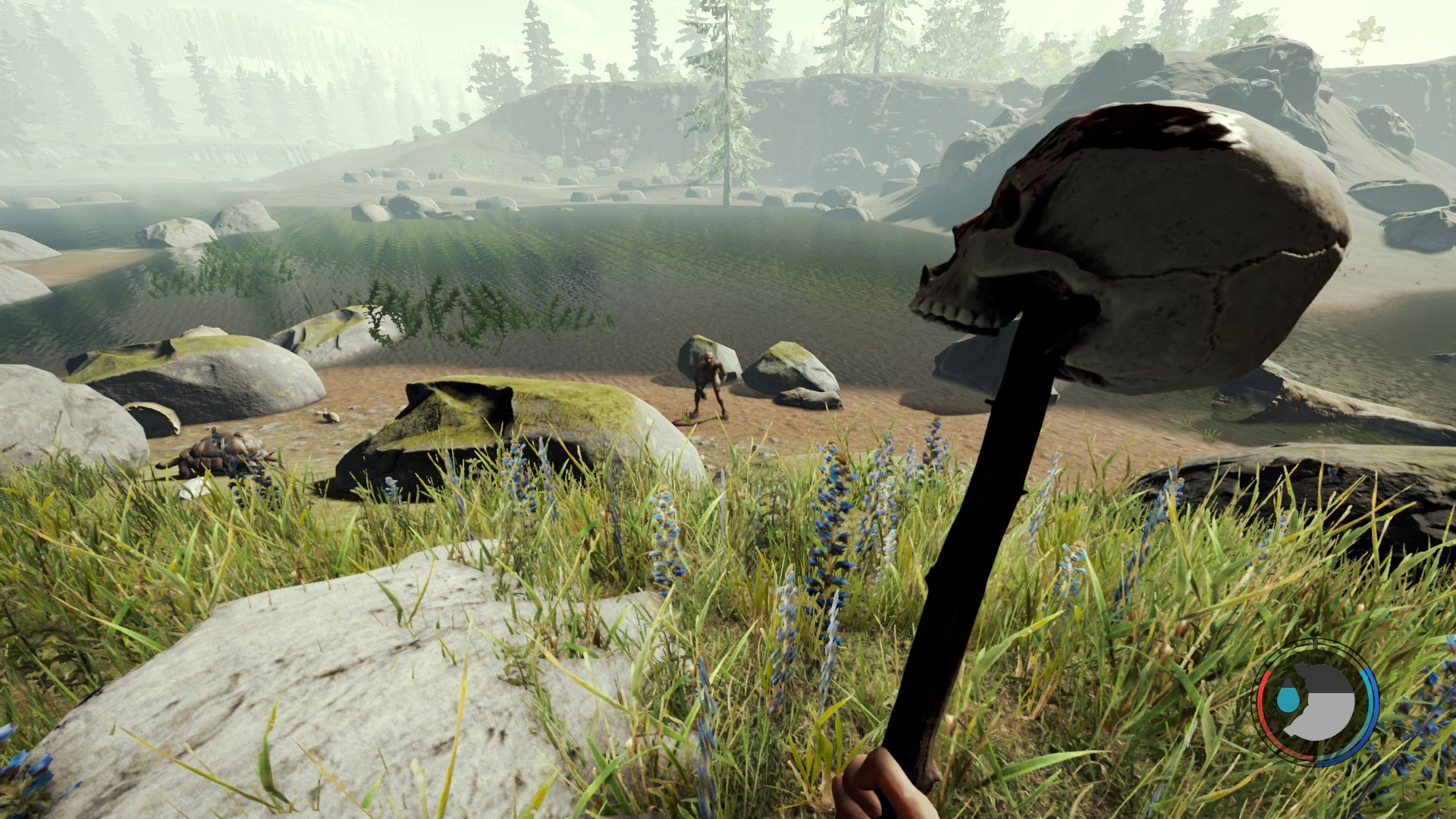
9. The Forest
The first of two survival games on this list, The Forest launched from Steam Early Access in April this year. At a structural level it’s fairly standard. From your starting position in the wreckage of a plane-crash, you have to use the local flora and fauna to survive, chopping down trees to build shelters, hunting and trapping animals for food, and so forth.
But The Forest isn’t merely a survival game, it is a survival horror game, one in which the horror comes from your own actions as much as what lurks in the woods. It turns out the forest is home to a cannibal tribe, who are imbued with some of the most uncannily human AI behaviours I’ve ever seen. The way they work in teams, probing your camp for weaknesses, seemingly trying to figure out whether you’re worth the trouble of attacking, is astonishingly lifelike.
This makes fighting and killing them a fundamentally unpleasant experience, even when it seems like the most pragmatic solution. And it’s through this coldly practical thinking that your own humanity starts to slide. Since you’ve killed another human, it seems practical to harvest their body for survival. Hence, you start practically burning the corpses so you can use the bones, and practically building effigies from their limbs to ward off other attackers. Before you know it, you’ve started munching on their arms and legs yourself. Because it’s just sensible, seE? I’M NoT CRazY. IT’S LOgIC.
As you can probably surmise, The Forest is not a game for the faint-hearted. As if dealing with tribes of angry cannibals wasn’t enough, the central story involves exploring some of the most terrifying cave systems since the 2006 film The Descent. If you can stomach the horror, however, The Forest is one of the most interesting survival games around.
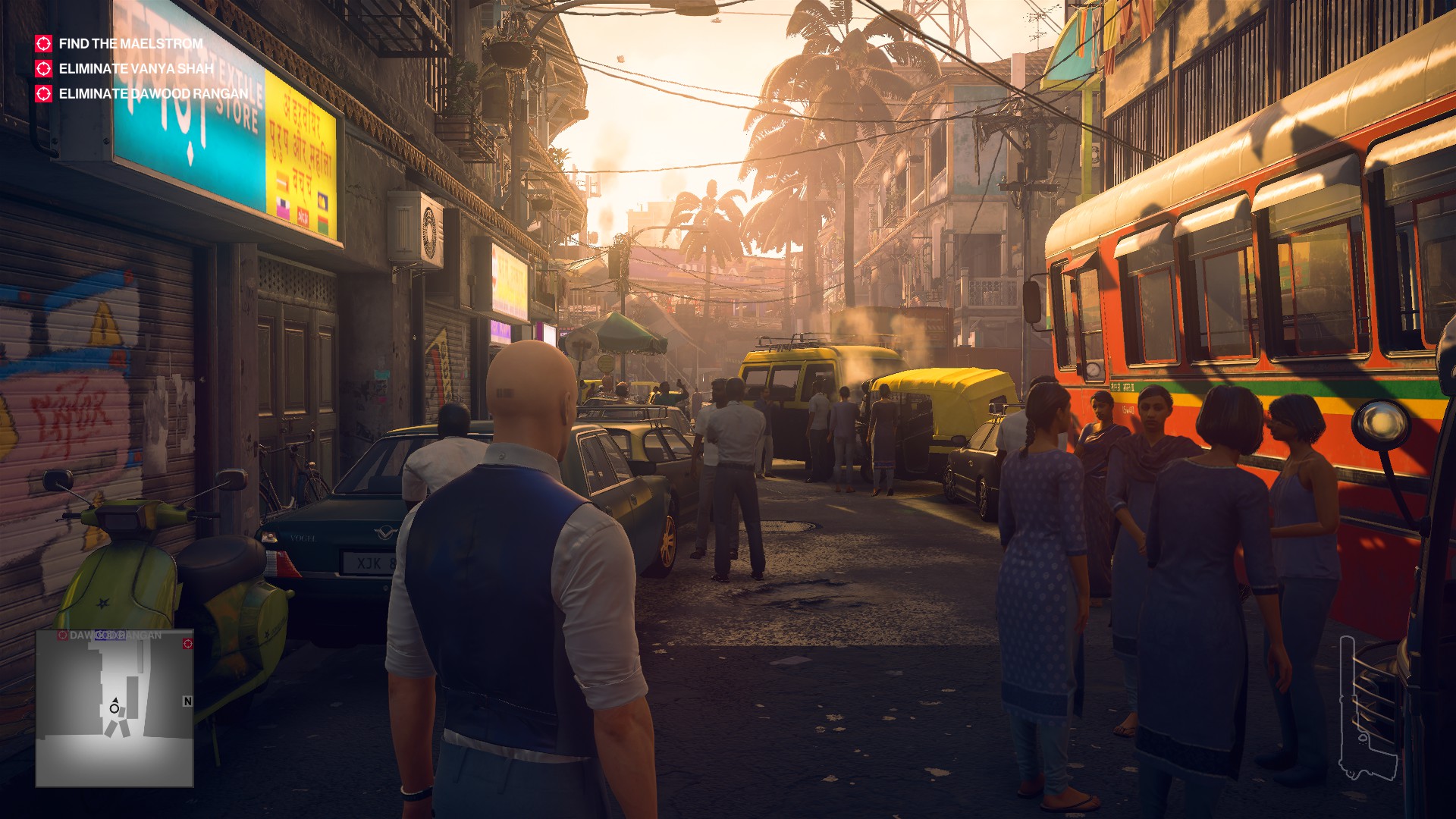
8. Hitman 2
At a time when many games are so big that it can be difficult to complete them once, the idea of replaying a game seems somewhat redundant. Hitman 2, however, is a perfect showcase of how to make a game designed to be replayed in 2018.
Less of a sequel and more a direct continuation of Hitman: Series One, Hitman 2 offers six new assassination missions in the same number of lavishly designed locations. Highlights include a glitzy supercar race around Miami’s marina, a bustling Mumbai slum, and a quaint American suburb, all of which are filled with dark secrets and delightful surprises, veritable chocolate boxes for the discerning murderer.
In theory, you could race through all of these missions in a handful of hours, but to do so would be to miss the wealth of possibilities Hitman 2 offers. Alongside the five or six 'Mission Stories' in every level, which provide specific opportunities for eliminating a target, there are dozens, possibly hundreds of more creative ways you can approach your bloody business. Each time you complete a mission, moreover, you unlock even more weapons and gadgets to utilise.
In this manner, Hitman 2 places the emphasis on having fun with its systems rather than simply getting to the end. It’s also visually stunning, darkly funny, and includes a highly inventive multiplayer mode. The result is a cerebral and satisfying puzzle game that encourages players to think about their actions in a way that few games do.
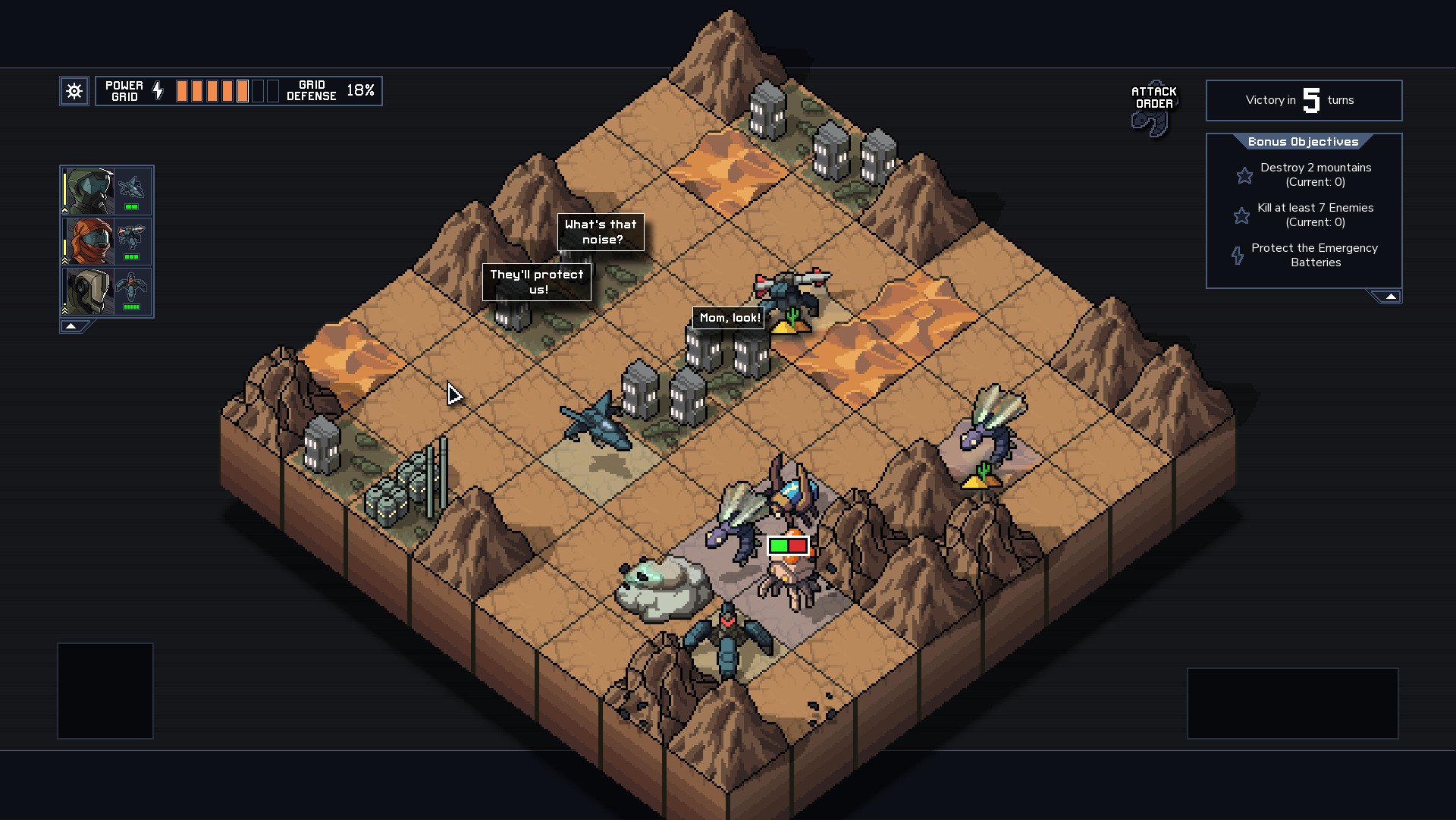
7. Into the Breach
Into the Breach is a wonderful exercise in strategic minimalism, taking an Xcom-style, turn-based combat game and reducing it down to bite-sized chunks. It sees you controlling a team of giant mechs as they battle a race of hostile alien monsters known as the Vek.
Each of Into the Breach’s tiny battles involves just three of your mechs and maybe a dozen opponents, with fights rarely lasting more than 10 minutes. But don’t let the scope fool you; Into the Breach is an astoundingly clever game. Defeating the Vek isn’t simply about damage. The Vek telegraph the moves they will make on the next turn, while most of your attacks will push and pull enemies in different directions, stopping them from destroying structures, or bumping into other enemies and doing additional damage.
In this way, each battle in Into the Breach becomes a fiendishly clever sliding-block puzzle. A full campaign can be completed in a matter of hours, but if too many structures are destroyed during your war against the Vek, you lose and have to restart. This is by achieved sending one of your Mechs back in time, complete with all the upgrades it has received.
There’s so much clever stuff going on in this tiny game, from the way it renders massive battles in miniature, to how you essentially save the past by predicting the future. Easily the best strategy game of this year.

6. Two Point Hospital
There’s little escaping the fact that Two Point Hospital is a shameless remake of 1997’s Theme Hospital, even though its creators (who made the original Theme Hospital) said that it wasn’t. But when a remake is this good, it really doesn’t matter who made it or why.
What makes Two Point Hospital such a triumph is its wonderful presentation and its blend of accessibility and depth. The world is presented in a wonderful cartoon style reminiscent of classic Aardman animations like Wallace and Gromit and Chicken Run. Speaking of animation, Two Point boasts some of the best and most imaginative examples that you’ll ever see in this genre. From the delightful contraptions that doctors use to cure illnesses, to the way janitors hoover up the ghosts of deceased patients, this is a clearly a game that has been made by people who adore their jobs.
Yet there’s more to Two Point Hospital than daft animations and silly puns. Building each hospital is a highly tactile experience of pulling out rooms and plopping down items, while almost every object you can place serves a purpose. Placing magazine stands and vending machines help keep waiting patients occupied, and even decorative items help make your hospital a slightly more welcoming institution.
As a management game, Two Point communicates both the state of your hospital and your finances clearly while providing plenty of new treatments to unlock and challenges to face across the course of its 20-30 hours of play. Not only is Two Point Hospital the best management simulation of this year, it’s also perhaps the finest modernisation of a classic game ever remade.

5. Assassin’s Creed Odyssey
I’ve sunk more time into Assassin’s Creed Odyssey than any other game this year. It is mind-bogglingly huge, to the point where it would probably benefit from a reduced scope. But that shouldn’t take away from the absorbing Greek adventure that Ubisoft has created.
Mechanically Odyssey is similar to its predecessor, Origins, but it adds several new and returning features to the template. Most notably, there’s a much stronger emphasis on story and character, with you able to choose between a male and female Greek mercenary as they travel the ancient world in search of their missing family. In Odyssey’s fittingly wide-ranging tale, you’ll meet up with historical figures like Herotodus and Socrates, and make crucial choices that (sometimes) have far-reaching consequences for Ancient Greece.
Meanwhile, the brilliant ship combat from Black Flag makes a triumphant return, and you can also hunt and be hunted by wandering mercenaries, and take advantage of the Peloponessian war by manipulating the outcome of battles in different provinces. Perhaps the best new feature sees you seeking out clues to identify and eliminate the members of a secretive cult that has infiltrated society throughout the Greek world.
Odyssey is often a loose and baggy game. Some of these systems feel a little under-baked, while its narrative choices are nowhere near as subtle or wide-ranging as those of The Witcher 3. It’s also still not a very good assassin game, with its emphasis on RPG stats often obstructing more creative stealth and combat.
None of this, however, stopped me from being utterly enthralled by Odyssey’s incredible recreation of the Greek world. Riding through the streets of ancient cities like Sparta, Thebes, and the magnificent Athens is a joy all of its own, as is coming face to face with history at the Hot Gates of Thermopylae and Marathon Beach, or descending into legend at the Palace of Knossos and the Greek island of Lesbos. Many games today offer stunning worlds to explore but few are as consistently rewarding as that of Odyssey.
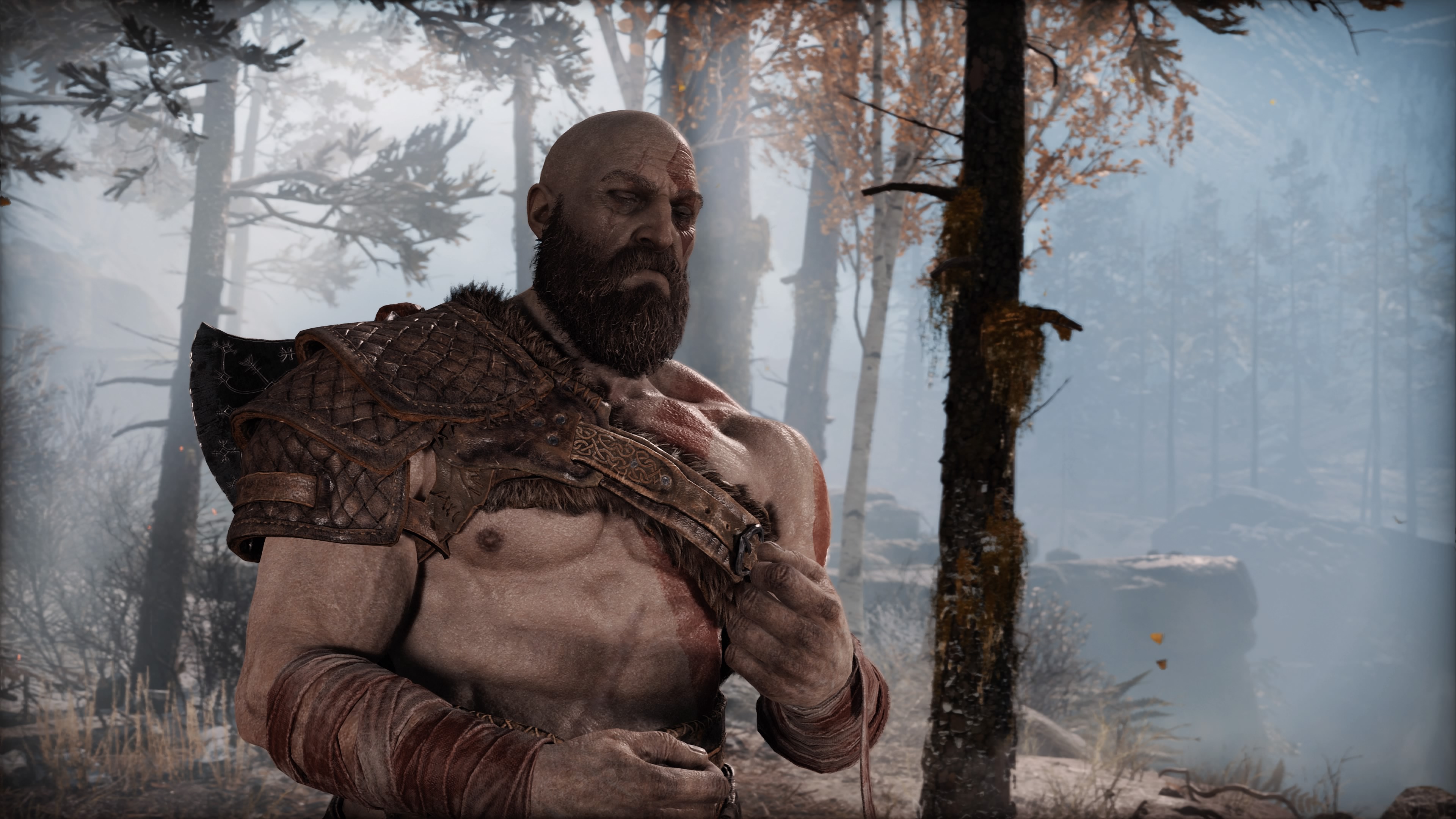
4. God of War
God of War is the one game on this list that I haven’t played myself. Reviewing duties for Kratos’ Norse return were performed by Jake, who departed from bit-tech for pastures new earlier this year. He did give it our highest award, however, so I’ve hedged my bets and placed it toward the top of this list. Obviously, I can’t tell you about the game myself, but here’s what Jake had to say in his review:
'God of War isn't genre defining, but only because its genre, that of a third-person action adventure, feels so far left behind that prestige television shows feel like a closer fit for the story and tone here. This could be a God of War TV show on HBO, and you would still binge it. Luckily, here you get a chance to cut people up with a giant axe at the same time - aren't you fortunate?'
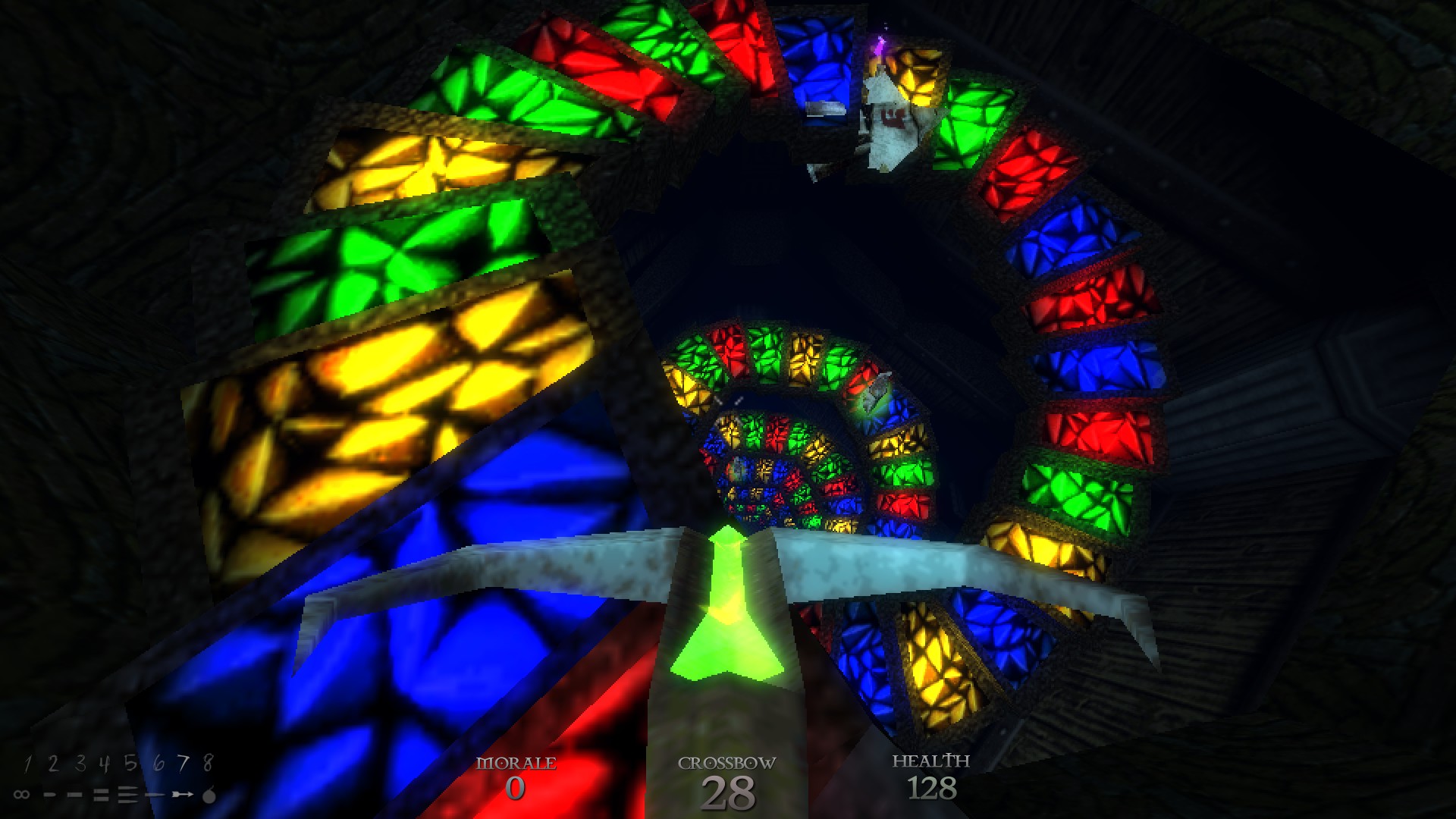
3. Dusk
Blasting its way into third place with a double-barrelled shotgun, Dusk is a magnificent homage to the shooters of old. But it’s also far more than a thrilling slice of nostalgia, thanks to the mesmerising level design of its second and third episodes.
Modern games excel at creating realistic-looking spaces. But they suck at representing the surreal or strange. My favourite example of this is the “floating islands” trope in which games represent a character having a dream or hallucination through traversing a fractured landscape hovering in space. There are multiple games released recently that feature almost identical sequences, such as Spider-Man, The Evil Within 2, and even the brilliant Dishonored.
Dusk, on the other hand, willingly eschews realism from the start, using Quake-era visuals to render its 3D world. Its environment comprises blocky terrain, angular corridors, and enemies that look like they were hammered into shape. But Dusk uses this seemingly primitive technology to create some astonishingly complex and clever 3D spaces. In one level you’ll be navigating the workings of a giant industrial meat-grinder, in the next you’ll be exploring a cathedral in the sky. Some levels, such as Escher Labs and Homecoming, toy with your sense of perspective like a cat playing with a ball of twine.
It's a great shooter too, of course. Lightning-paced with satisfying weapons and a colourful mix of enemies that range from mildly disturbing to chilling at a fundamental level. Mostly, though, Dusk serves as a stark reminder that realism is not always the best altar for the industry to pray at, and there’s so much more designers can do with 3D tech beyond the horizons of open worlds.
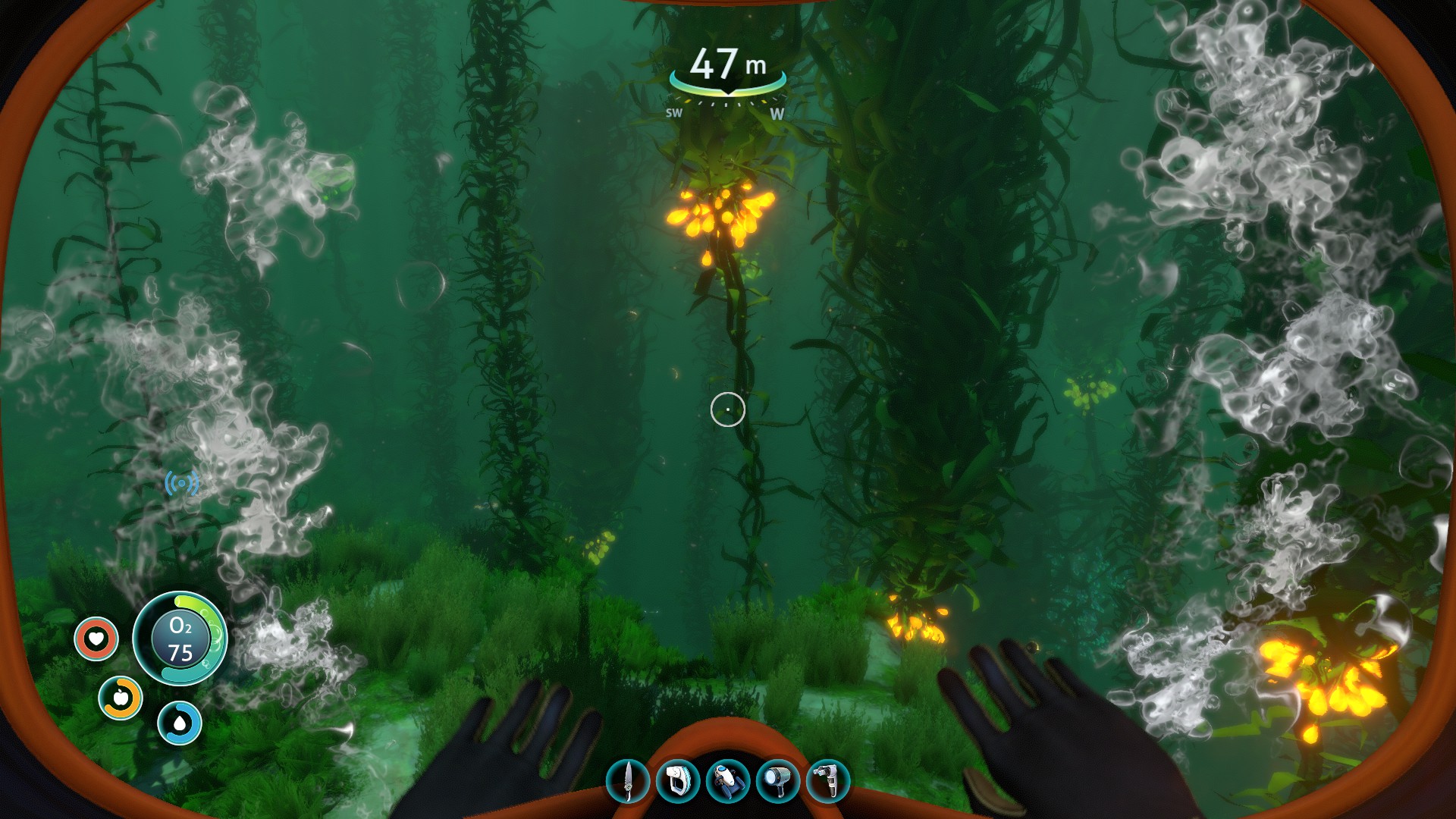
2. Subnautica
Subnautica launched from Early Access right at the start of this year, and it says a lot about its quality that, despite all the fantastic games I’ve played since, it has stuck in my mind throughout 2018, reaching number two on this list.
It’s also comfortably the best and most inventive survival game ever made, qualities that are inextricably linked to one another. Subnautica’s aquatic world instantly distinguishes it from its more terrestrial peers, forcing you to thrive in an environment that is hostile to the player’s existence at a molecular level. The radically distinct setting also means all the rote lessons you’ve learned from other survival games – hit trees for wood, smack rocks for stone – no longer apply, and consequently you must learn how this world works entirely from scratch.
Where Subnautica ascends from good to great, however, is what lies beyond attaining a basic level of sustainability. The alien planet you’re marooned is filled with mysteries to unravel and places to explore, from the wreckage of your vessel that sits on your horizon, to the weird and wonderful biomes that exist at varying depths of Subnautica’s fathomless ocean. Each time you venture from your life-pod there’s something new to discover, from strange aquatic beasts to marooned drop-pods and mysterious alien artefacts.
All of this is wrapped around a systemic core that feels wonderful at every level, from swimming to crafting to base construction. You can even build a giant submarine in which you can dock a smaller submarine! If that doesn’t convince you to play Subnautica, I’m not sure what will. It’s truly brilliant.
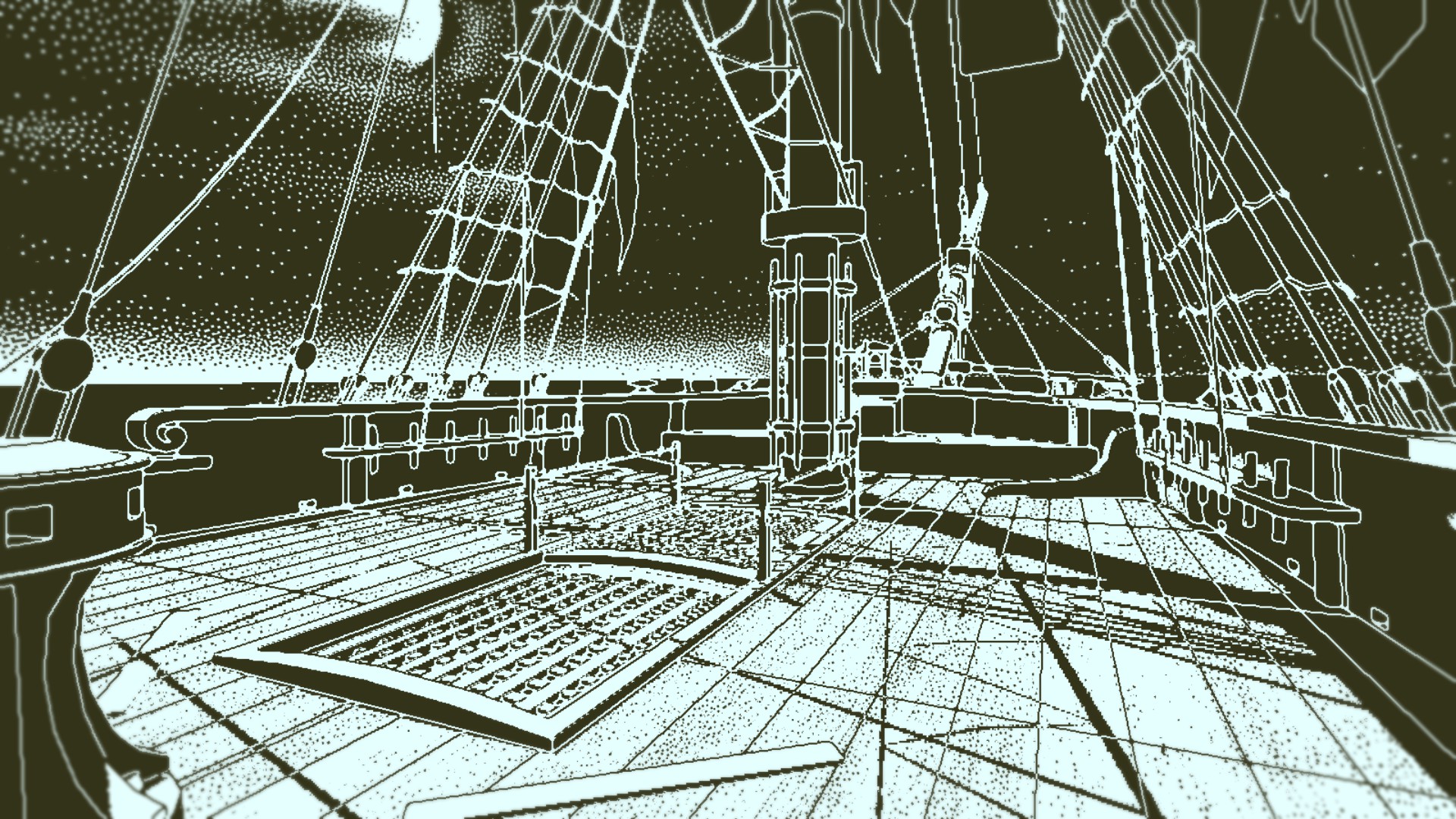
1. Return of the Obra Dinn
Return of the Obra Dinn is like nothing else I have played this year. In fact, it’s like nothing else I’ve played ever. It begins with a simple if unusual premise. You are an East India Company insurance investigator charged with preparing an 'Assessment of Damages' for a merchant vessel that has recently floated into port sans all crew.
From this beginning, Return of the Obra Dinn presents you with an ingeniously crafted enigma that involves identifying each of the 60 absent crewmembers and determining how they died (or whether they died at all). At your disposal is a magical pocket-watch that lets you travel back to key moments in the ship’s past. In these temporal bubbles, you can survey each scene for clues to the identities and fates of the crew. Once you think you’ve found an answer, you record it in your logbook. If you get three right, the game will set those solutions in permanent type.
This may sound like a slightly odd mechanical structure, and I suppose it is. But what Obra Dinn does is enable you to solve its mystery purely through your own cogitation. The game provides you with the tools, but you must do the work. You have to listening to dialogue for names, accents, technical jargon, relationships. You have to examine diagrams of the ship to trace the crew’s routes through its many decks. You have to scour the crew manifest to figure out which person performed what role on board, and how those connect to the people whose lives and deaths you learn about as you explore.
In this manner, Obra Dinn solves a problem that has plagued gaming for years, namely how to create a detective game that involves player-driven deduction. This achievement alone makes it worthy of being our game of the year. That it does this in such a stylish manner, featuring a thoroughly engaging story, a beautiful visual style that invokes classic computer displays, and a delightfully nautical orchestral score, makes it one of the finest and most original games ever made.

MSI MPG Velox 100R Chassis Review
October 14 2021 | 15:04

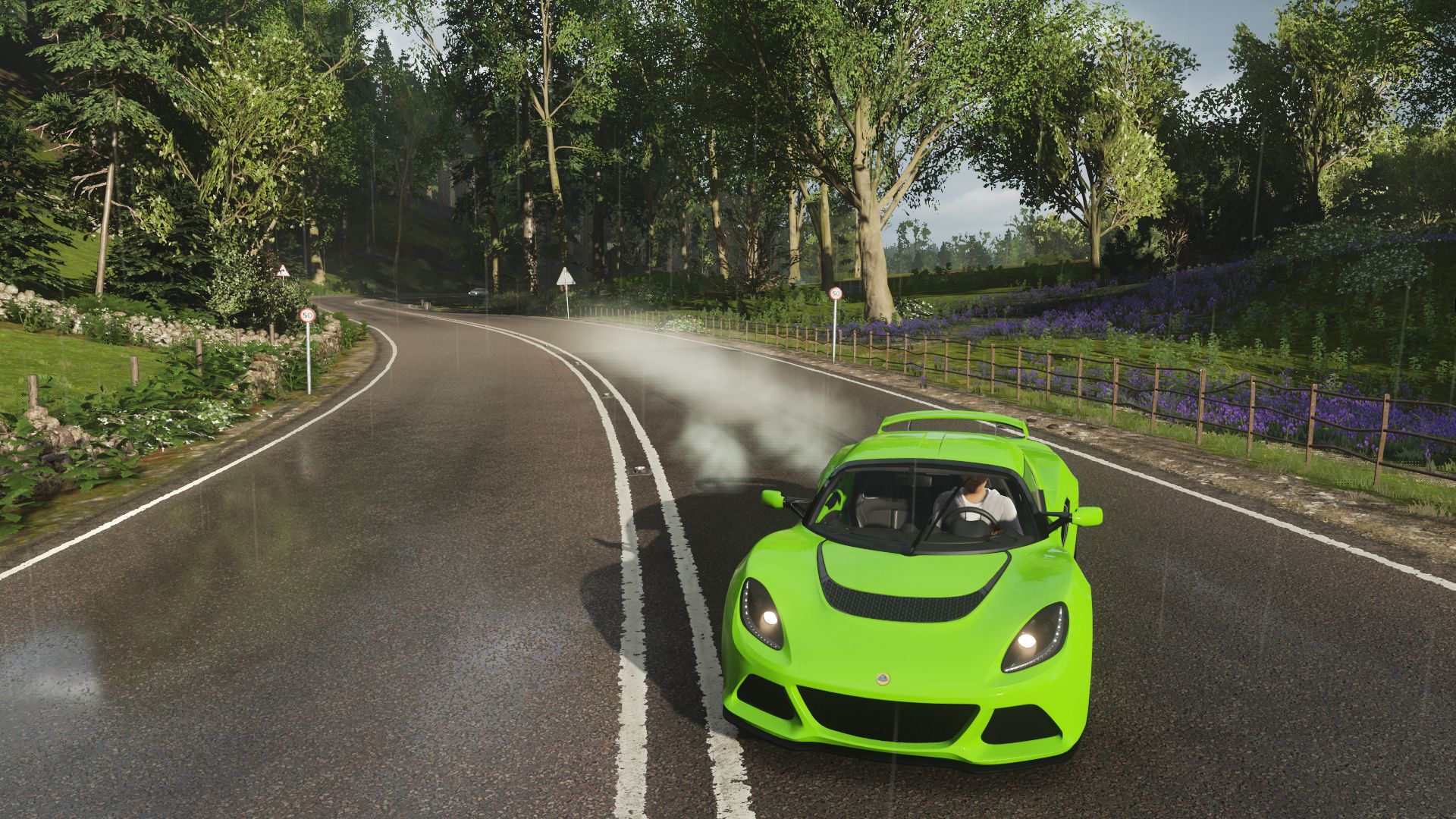








Want to comment? Please log in.